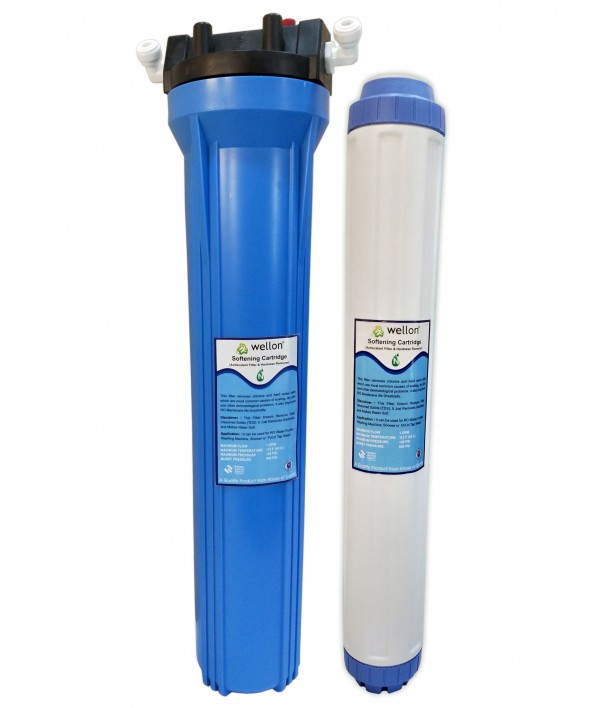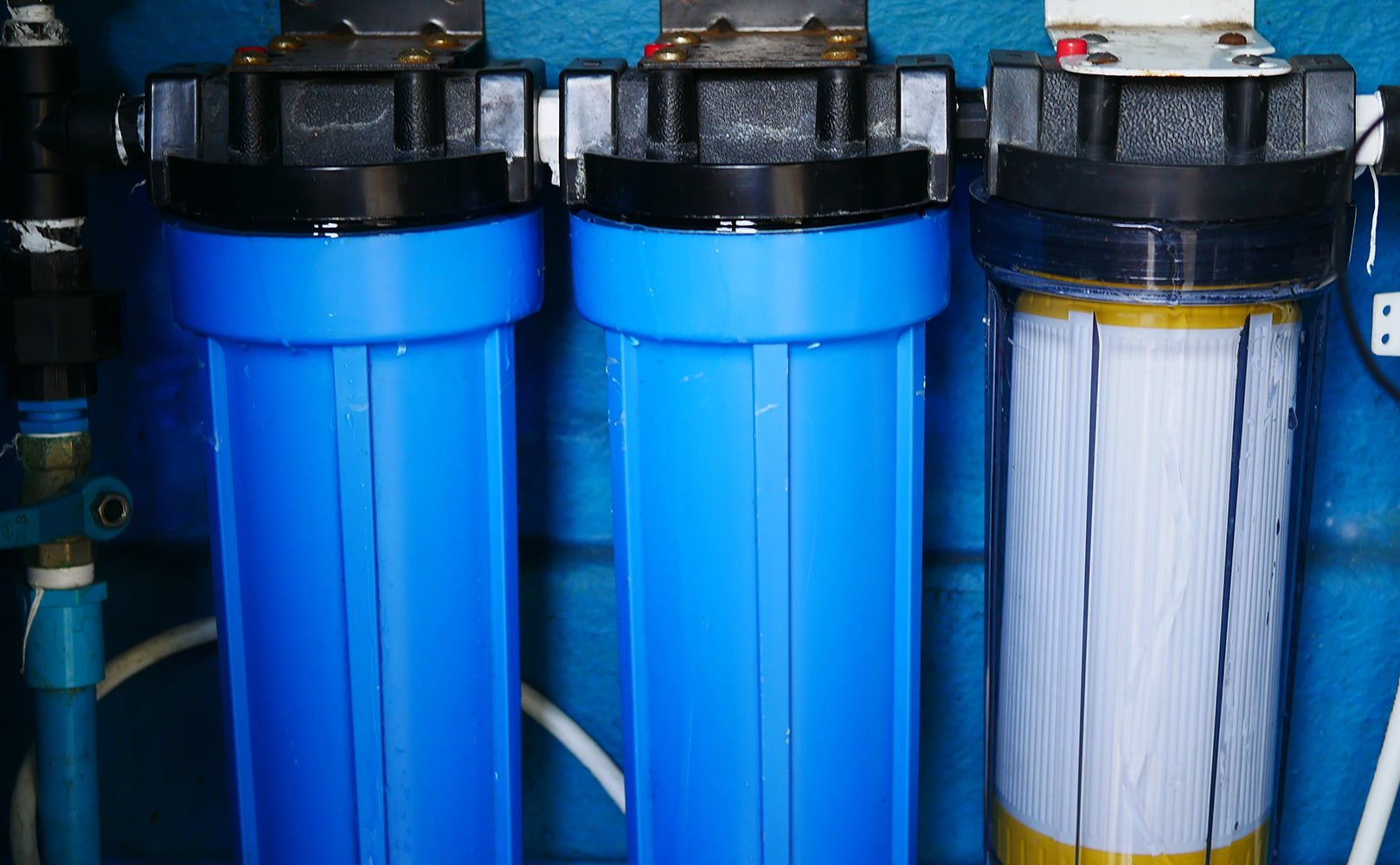What is a Whole Home Water Filter and How Does It Function?
What is a Whole Home Water Filter and How Does It Function?
Blog Article
They are making a few great annotation about Whole House Water Filtration overall in the article down below.

Whole residence water filters are the best choice for people that want having a house that provides tidy, drinkable water. Together with providing top quality drinking water throughout the house, an entire house water filter additionally supplies benefits such as getting rid of pollutants that cause detecting in water that is utilized to wash meals. Unfiltered water can also create issue such as corroding pipes and devices, messing up clothing that is cleaned and tarnish sinks or showers. Although whole residence water filters are typically made use of in domestic residences, they can likewise be an effective choice for apartments or workplaces.
At first, it might seem that entire residence water filters would be exceptionally costly when contrasted to various other filter choices, yet they are actually a really affordable alternative for water filtration. The cost series of these water filters is large, beginning at two hundred dollars and also costing as high as one thousand dollars. The cost of the filters depends on their size, product and life expectancy. This might look like a very high rate, but when compared with various other filter options, it is really really affordable due to the quantity of filtering that it supplies.
Entire house water filters cleanse water in the very same fashion that other filters, such as counter top or under sink filters, do. The distinction is that it requires only one filter, which is affixed to the major water source, rather than requiring multiple water filters to be attached to different tools. Similar to the other filters, whole home water filters detoxify tap water by forcing it with numerous various stages of filtration. One of the stages is carbon filtering. Carbon is a reliable method of filtering water since it is permeable and also has the capacity to remove small as well as big pollutants. Carbon is crucial in removing volatile organic carbon compounds, which sometimes can trigger significant damages to the liver, kidney or central nerve system. Carbon likewise eliminates hazardous materials such as chemicals, commercial solvents and also pesticides.
Another essential step of the filtration process involves a process such as ionization or micron filtration. This step removes numerous pollutants discovered in tap water, and transforms the water to fantastic tasting, healthy drinking water. As discussed earlier, the main advantage of whole residence water filters are that they give filtered water throughout your house with making use of just one filter.
An additional benefit of entire home water filters is the long life span that they offer. Many of these filters last between fifty and also one hundred thousand gallons of water. For several, the major downside of entire home filters is the higher than average price. Although these filters are really economical, they do need a large investment in advance. Entire home water filters can also call for a considerable amount work to install.
How to Remove Iron Bacteria from Well Water
If your drinking water comes from a private well, you will likely experience issues with iron in your water. These issues can range from poor-tasting coffee to bright orange streaks in toilets and bathtubs. However, there’s an equally familiar but less understood problem linked to iron contamination: iron bacteria, also known as “iron-eating” or “iron-oxidizing” bacteria.
Iron is one of the most abundant minerals in the earth’s crust. As a result, elevated levels of iron are usually widespread in the groundwater that serves wells, often fostering the growth of iron bacteria in well water. These organisms can combine oxygen with iron, manganese, or other nutrients in the water to form a swampy sludge containing rust deposits, bacterial cells, and other organic and inorganic matter. This slimy residue then sticks the bacteria to pipes, pumps, plumbing fixtures, and appliances, causing clogging, foul tastes and odors, corroded pipes and plumbing fixtures, etc.
Well-water systems used infrequently or intermittently are typically more prone to iron bacteria problems. To make matters worse, removing these organisms from your water can be complicated, which is why we recommend taking steps to prevent them from forming in your well in the first place. Luckily, this article explains a highly effective way to remove iron bacteria from well water. Let’s start by discussing what iron bacteria are and how they get into well water.
Signs of Iron Bacteria in Water
If your household water supply is contaminated with iron bacteria, you might notice several unappealing signs that may indicate iron bacteria presence. These signs may include:
Stains and deposits on plumbing fixtures, pipes, and appliances
One of the most common indicators of iron bacteria in well water is stains and deposits on plumbing fixtures, pipes, and appliances. Water containing these organisms will leave rust-colored slime stains and deposits in sinks and toilets and inside well casings. You’ll also notice stains on fixtures, tableware, laundry, and various surfaces, that keep coming back no matter your cleaning method or efforts. These stains can be grey, yellow, or brown but are often a reddish-orange rust-like color.
Discoloration
Water containing iron bacteria can have a yellow, red, or orange hue. Further, visible deposits that have a clumpy or slimy consistency are very likely to have been caused by the presence of iron bacteria. Iron bacteria deposits are widespread in toilet tanks. In many cases, the deposits will take the form of a slimy coating along the walls of the tank. If the bacteria have been in the water for a lengthy period, the deposits could float in the water.
Oily sheen on the water surface
A quick and easy way to check for the presence of iron and other slimy-producing bacteria is to look in the water closet tank of your toilet. If you see an oily sheen on the surface of the water and can feel a slimy residue on the inside of the tank, slime-producing bacteria are likely present in your water system. If you use disinfectant in your tank, evidence of these conditions might not be so apparent.
https://www.springwellwater.com/how-to-remove-iron-bacteria-from-well-water/

I discovered that review on What is a Whole House Water Filter and How Does It Work? when surfing around the web. Sharing is caring. One never knows, you may very well be helping someone out. We love reading our article about Whole House Water Filtration.
Schedule Service
Report this page